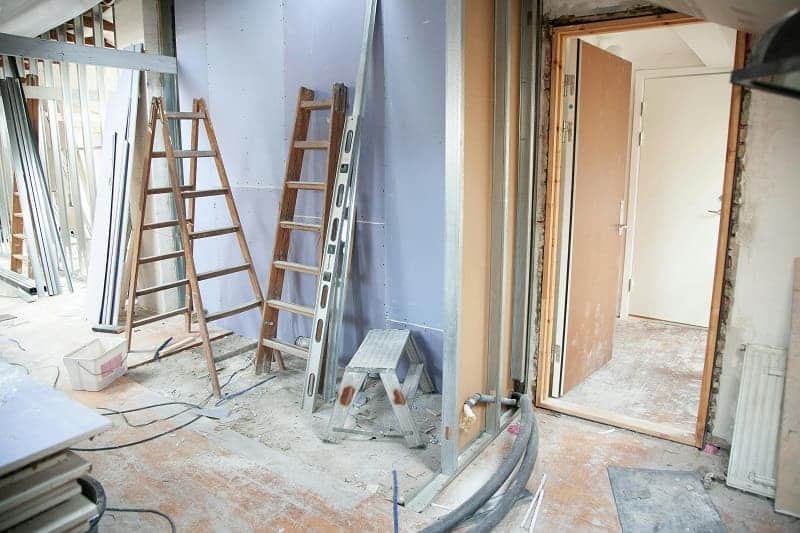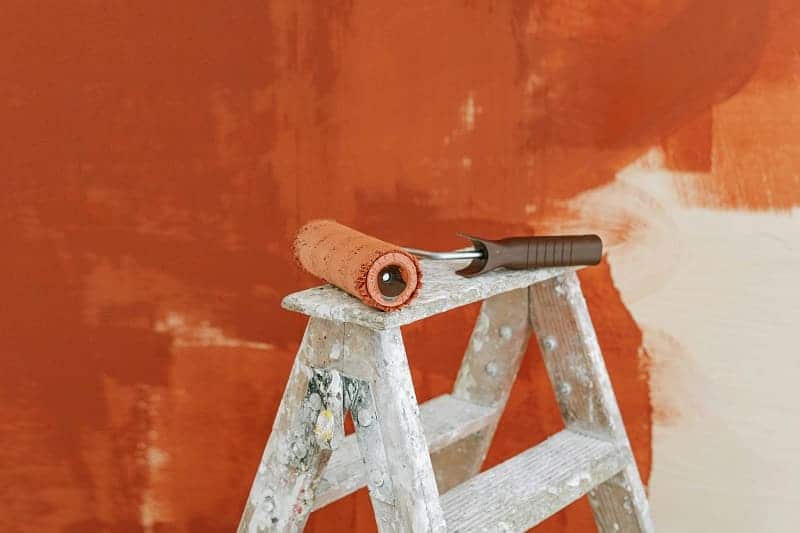How do you renovate a property without watching your budget spiral out of control? The key is making smart, informed choices that balance cost with long-term value.
Renovation isn’t just about cutting expenses. It’s about knowing where to invest, when to save, and how to plan effectively. A strategic approach can help you achieve high-quality results without financial strain, whether you’re upgrading a single room or tackling an entire home.
Start with a Realistic Budget (and a Buffer)
Before swinging a hammer, it’s essential to outline a renovation budget that reflects actual market conditions. Research material costs, permits, labor rates, and specialty services for your project type and region.
Don’t rely on ballpark figures. Get real quotes, or at least recent estimates from similar projects. A clear budget gives you direction and prevents costly surprises later.
Equally important is having a financial buffer. Unforeseen issues like structural repairs, plumbing problems, or code updates are common and expensive.
A 10–15% contingency built into your budget gives you breathing room without derailing your renovation. It’s far easier to scale back than scramble for extra funds halfway through.
Know When to Save and When to Spend
It’s tempting to chase the lowest prices across the board, but smart renovators know where cutting costs can backfire. For example, opting for bargain plumbing or electrical work might save now, but faulty installation can lead to expensive repairs later.
These core systems require licensed professionals and quality materials for safety and reliability. On the flip side, there are safe areas to economize. You can often get great results by saving on cosmetic choices like light fixtures, wall paint, or shelving.
These are easier and cheaper to change over time. Focus your budget where performance matters and use budget-friendly options where appearance is the main goal.
Shop Smart Without Going Cheap
Stretching your budget doesn’t mean sacrificing quality. It means making strategic decisions when sourcing materials. Look for leftover materials, offcuts, or overstock from suppliers, which are often deeply discounted but perfectly usable. Online marketplaces, salvage yards, and local classifieds can be gold mines for unique, affordable finds.
Reusing what you already have is another way to save without cutting corners. Original doors, hardwood flooring, or built-in features can often be refinished or repurposed.
These not only reduce costs but also preserve character, especially in older homes. The key is to evaluate each item based on its current condition and reuse potential.
Get Multiple Quotes and Ask the Right Questions
Hiring the first contractor you meet can lead to overpaying or subpar work. Always collect at least three bids for any major task, and make sure each includes clear details about materials, labor, and timelines.
It’s not just about finding the lowest price. Look for clarity, transparency, and evidence of previous quality work.
Asking the right questions during these conversations is crucial. Ask about how issues are handled, what’s included in the scope, and whether subcontractors will be used.
This can reveal differences in approach that aren’t obvious in a quote. A slightly higher bid from a reliable, communicative professional may end up being more cost-effective in the long run.
DIY Where It Makes Sense
Doing parts of the renovation yourself can significantly lower labor costs, but only if you stay within your skillset. Tasks like painting, demolition, sanding, moisture control, or basic landscaping are often DIY-friendly and don’t carry serious risks.
For example, using a good desiccant air dryer or improving ventilation in damp areas can be an effective way to reduce indoor humidity without hiring a specialist. With the right tools and preparation, these jobs can be done well without professional help.
However, avoid the temptation to take on technical or structural work without proper knowledge. Poorly executed electrical, plumbing, or structural fixes can cost more to correct than hiring a pro from the start.
When in doubt, leave complex work to the experts and use your DIY efforts to focus on areas that are safe, rewarding, and budget-friendly.
Focus on Energy Efficiency and Long-Term Savings
Investing in energy-efficient upgrades may cost more upfront but pays off over time through lower utility bills. Improvements like better insulation, energy-efficient windows, or modern heating and cooling systems add lasting value and make homes more comfortable year-round.
These features can also make your property more attractive to future buyers. Check if your renovation choices qualify for rebates or tax incentives, which can reduce the net cost of these improvements.
Even small upgrades like switching to LED lighting or installing a programmable thermostat can contribute to long-term savings. When budgeting, consider both the immediate price and the operating cost of every upgrade.
Avoid Trend Traps and Go for Timeless Design
Trendy designs might look impressive today, but they can quickly fall out of fashion and require costly updates. A classic, timeless look tends to hold its appeal longer and supports higher resale value.
Neutral colors, simple lines, and versatile layouts offer flexibility and attract a wider range of potential buyers. If you want to incorporate trends, use them in elements that are easy and inexpensive to change, like paint colors, drawer pulls, or decorative accents.
This way, you can keep things fresh without committing to large expenses. Balancing timeless design with a few personal touches ensures your renovation looks current without becoming dated.
Track Every Expense
Keeping tabs on your renovation expenses in real time helps you stay on track and make informed decisions. Whether you use a spreadsheet, an app, or even a notebook, write down every cost as it happens.
Don’t rely on estimates or memory. Actual numbers help prevent overspending and make it easier to pivot when needed.
Tracking expenses also helps identify patterns and areas where costs are creeping up. If one category starts to balloon, you can course-correct by adjusting plans elsewhere.
This habit also prepares you for future renovations by providing a clear record of what things really cost, something no online guide can fully predict for your specific project.
Conclusion
Renovating on a budget doesn’t mean lowering your standards. It means planning with precision, prioritizing impact, and spending where it truly counts.
When each decision is backed by purpose and a clear understanding of value, you avoid waste and improve both functionality and resale potential. A well-managed renovation isn’t just cost-effective, it’s a smart investment in the future of your property.


